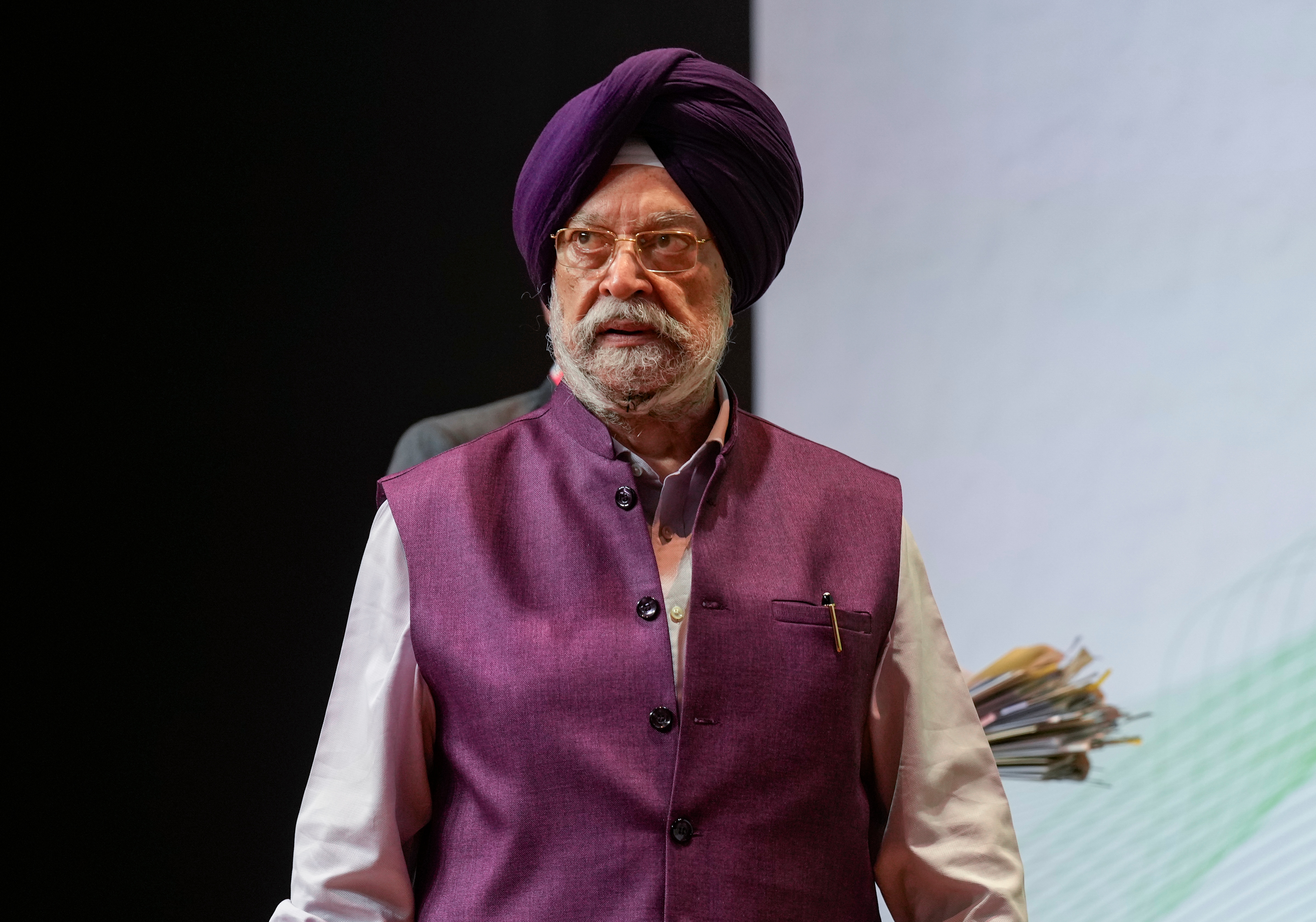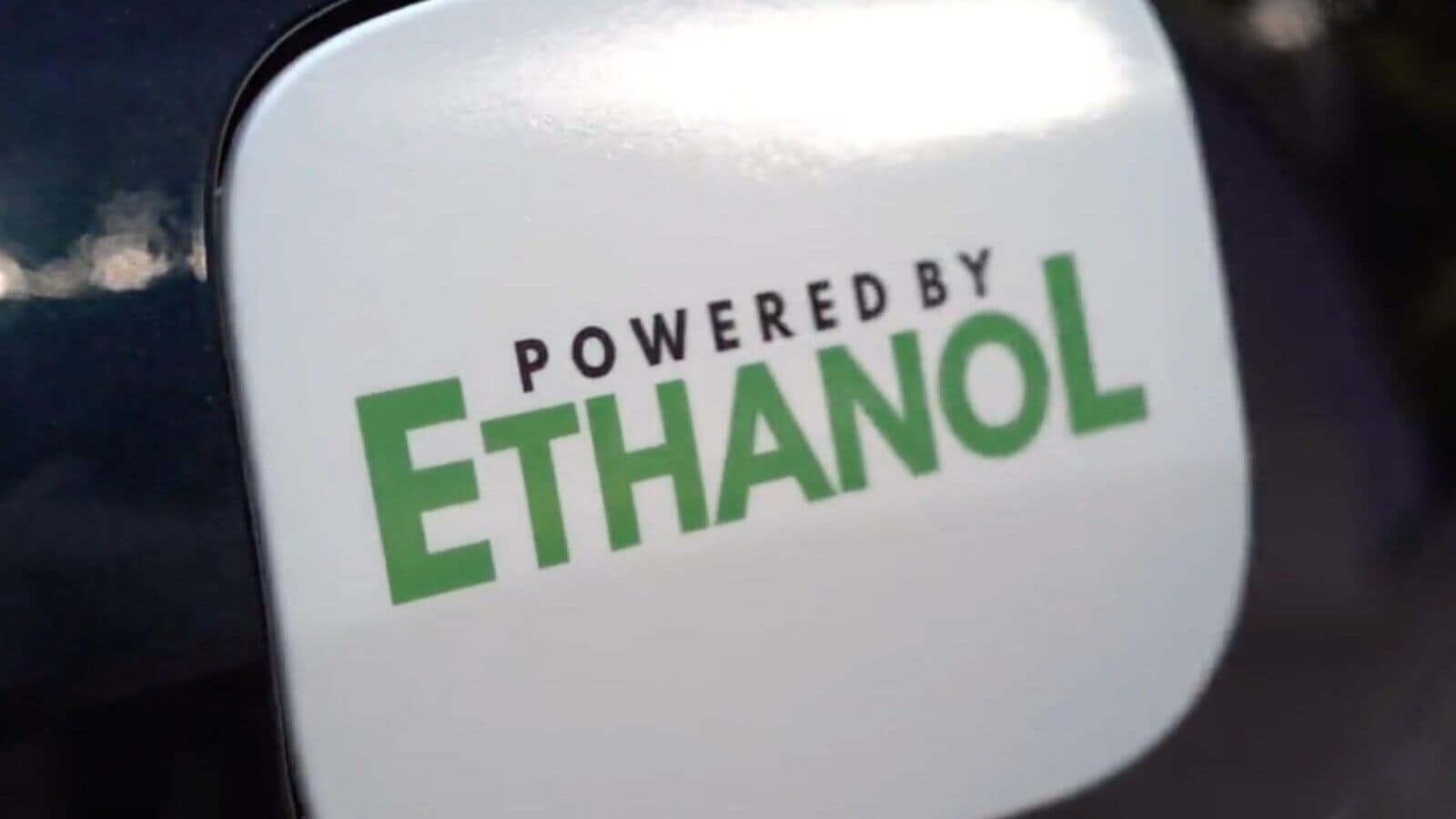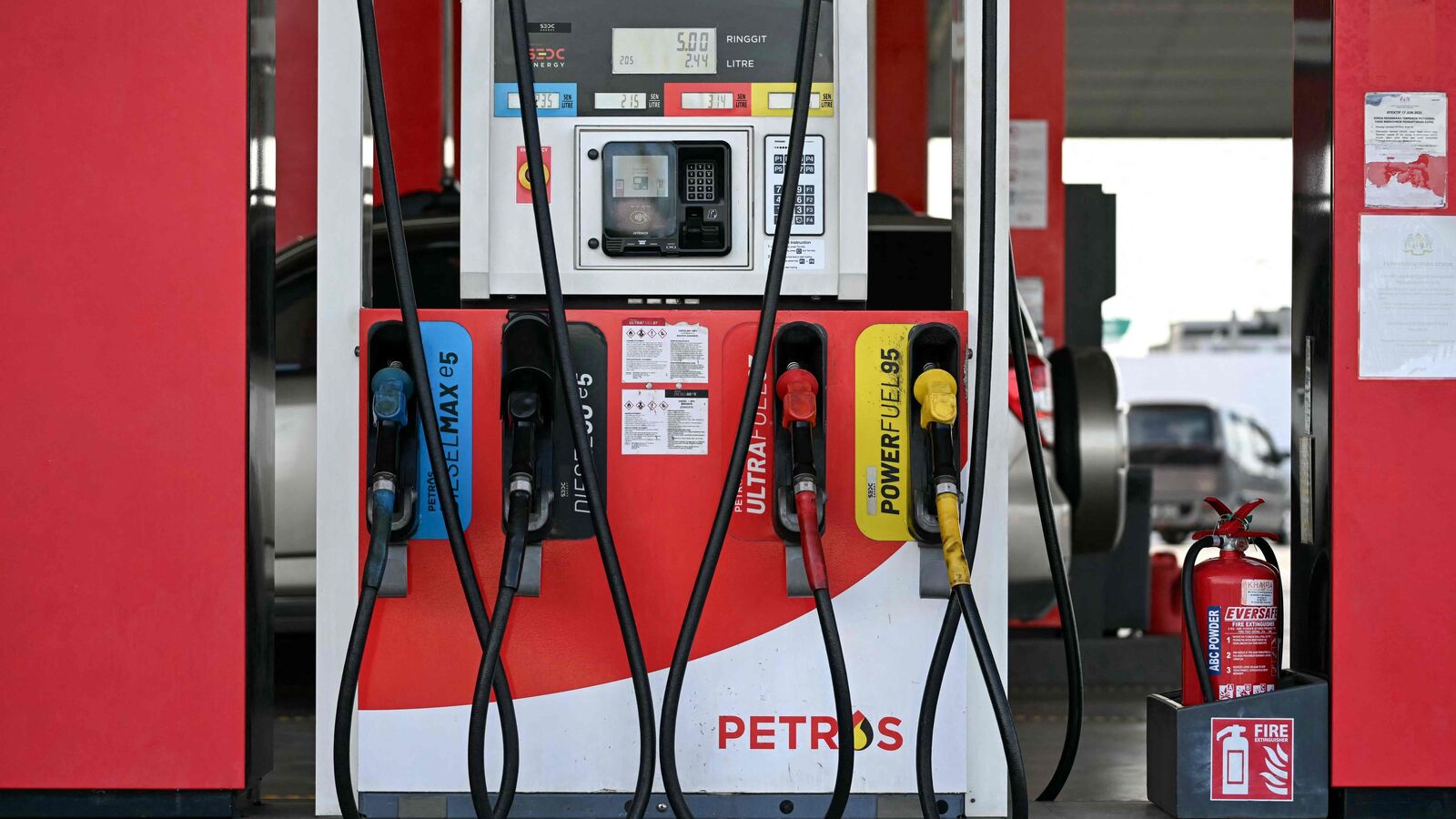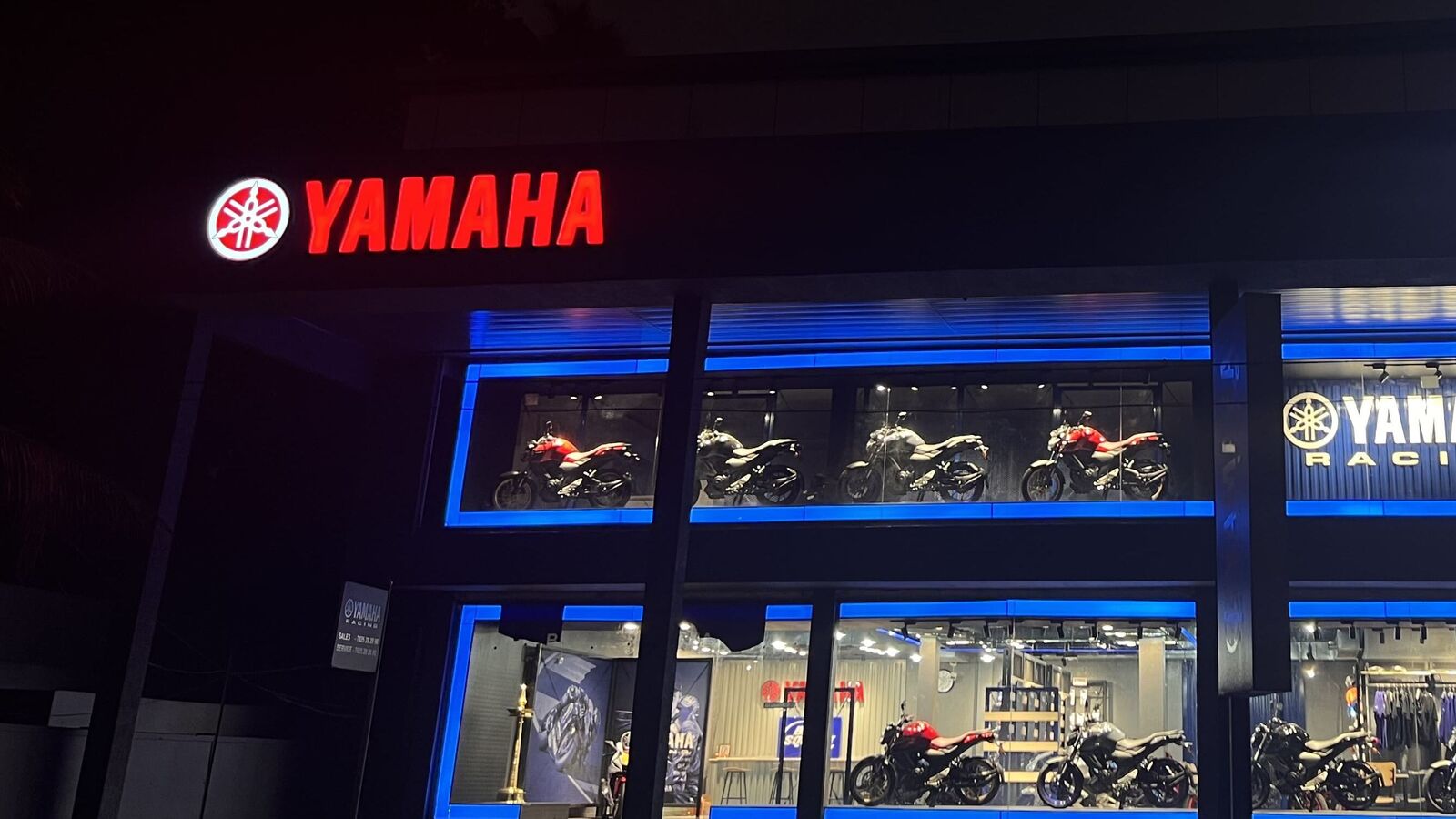The statement comes between the Baclash from the vehicle owners on the E20 fuel harmful engines, reducing fuel efficiency and there is no decrease in fuel prices.
For Central Petroleum and Natural Gas Hardeep Singh Puri, the Union Minister has said that the government will “assess” the ethanol combination program before setting high targets. The statement comes between the Baclash from the vehicle owners on the E20 fuel harmful engines, reducing fuel efficiency and there is no decrease in fuel prices. While the government has said that 20 percent of the ethanol mixed with petrol is safe to use environmentally, vehicle users otherwise believe.


No plans to jump for high mixed ethanol fuel: Puri
Speaking in an incident recently, Puri said, “We had a target of 20 percent conclusion – for which the target date was 2030, and we have done it six years ago. I will put a full break there; we will assess where we have to go. You hear all the stories that we are going to learn now, etc.
He added, “All stories that you hear about bio fuel, are harmful to the engine, a lot of 'BS' – 'B' Capital, 'S' are capital. And I don't know what it means, but it is a special.”
There were reports of the government's plan to go to 27 percent ethanol mixture in petrol. A recent report also suggested that the Bureau of Indian Standards (BIS) was directed to come up with criteria for E27 fuel on priority. Now it seems that the plan to introduce it for the same time will be delayed.

The government has made the use of E20 petrol mandatory in all fuel pumps across the country, which has promoted backlash from vehicle users. Motor drivers have complained about fuel damage to engine, with increased wear and tear due to corrosive nature of ethanol. Vehicle owners have fallen by 15–20 percent in fuel efficiency on older vehicles, which were not designed to run on E20 fuel. In contrast, the government claims that the decline in fuel efficiency is just 1-2 percent.
There are questions about the impact of ethanol at the price of fuel, and there is no decrease in fuel prices despite the high ethanol mixture. Fuel prices have been largely stable in the last three years.
There are also concerns about the production of ethanol, which requires water-intensive crops. However, the government says that 20 percent ethanol extract from sugarcane or maize is a national program aimed at cutting emissions and increasing the income of farmers.
Bio fuel required to reduce dependence on oil imports
Puri said that the percentage of mixed ethanol in petrol in 2014 was 1.4 percent. It has increased to 20 percent in the last decade. The Ministry of Oil has also rejected the apprehensions about the use of E20, calling the claims baseless. Puri said that some older vehicles may need to replace some rubber parts and gaskets, it may be called a “simple process”.
The government has been vocal about the plan to introduce a high mixture of ethanol in fuel to reduce dependence on crude oil imports. Puri said that India is 88 percent dependent on imports to meet its oil needs, bio fuel and cleaner energy is called “imperatives of that time”.
Get insight into state -of -the -art technology changing upcoming cars, electric vehicles, bikes in India and automotive landscape.
First published date: 17 September 2025, 13:06 pm IST





